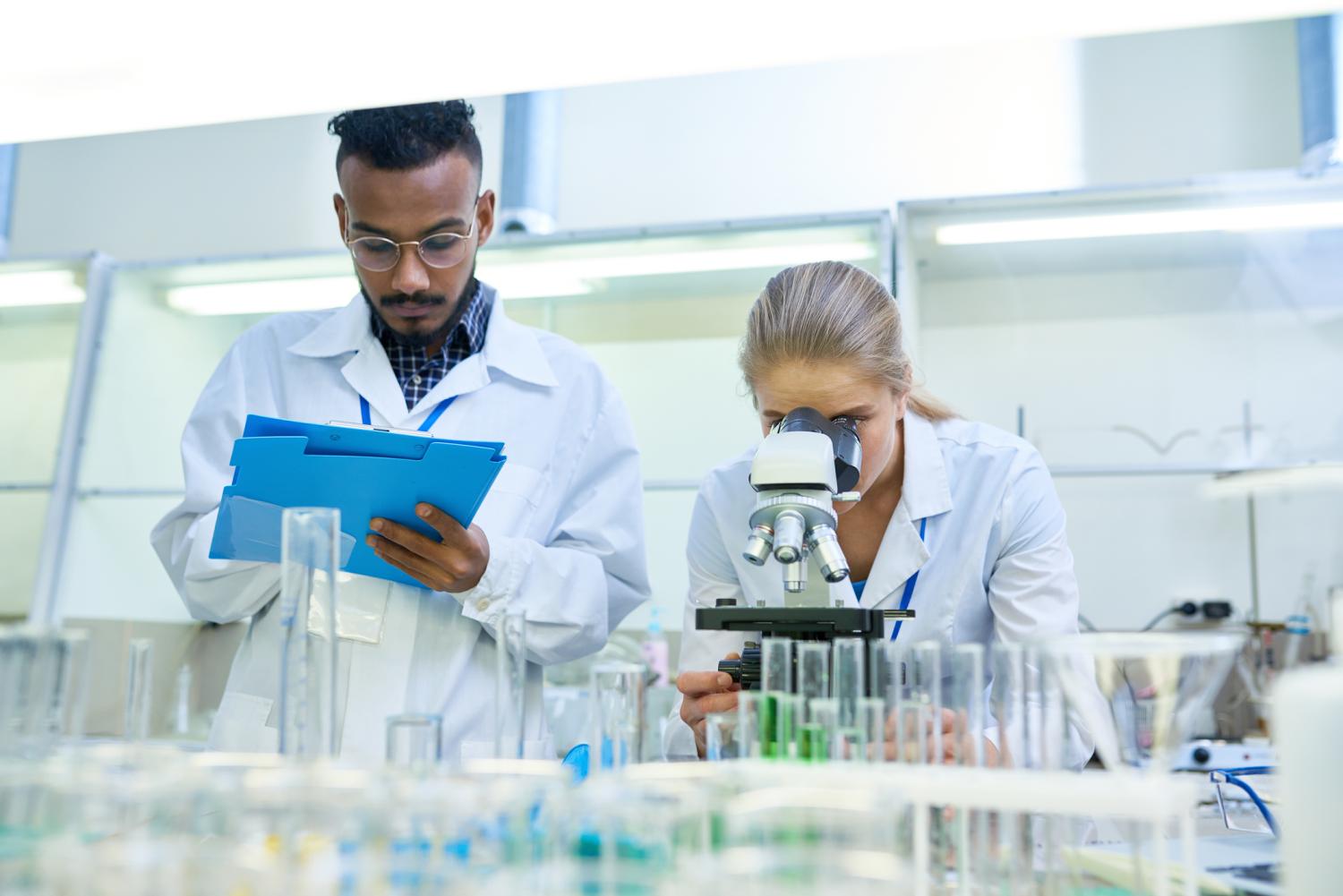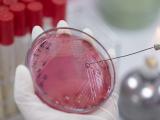Two new reports this week from a coalition of industries working to combat antimicrobial resistance (AMR) highlight some of the progress that's been made, along with a critical problem that could undermine efforts to develop much-needed new antibiotics.
In a progress report released earlier this week, the AMR Industry Alliance (AMRIA) said a survey of its members showed that nearly three-quarters had implemented measures to support antimicrobial stewardship and appropriate use of AMR-relevant products, and more than two-thirds of members are actively supporting efforts to increase access to their products in lower-resource countries. Thirty-four AMRIA members have invested roughly $2 billion annually in AMR-relevant research and development (R&D).
Strong adoption of antibiotic manufacturing framework
The progress report also noted that 90% of surveyed members of AMRIA—a collection of companies and trade associations representing the pharmaceutical, biotechnology, generics, and diagnostics industries—have met the requirements of the Common Antibiotic Manufacturing Framework, which was developed by AMRIA in 2018 to guide environmental management of antibiotic manufacturing sites. That framework is part of AMRIA's efforts to limit the release of antibiotic manufacturing waste into the environment.
"Since our inception seven years ago, the AMR Industry Alliance has driven key progress across responsible manufacturing, research and science, access, and appropriate use," James Anderson, Board Chair of the AMR Industry Alliance, said in a press release. "Together with the support of global and local policymakers, we can continue our march against antimicrobial resistance."
A steady decline in AMR researchers
But the march against AMR could be severely hampered by a significant "brain drain" from the antibiotic R&D workforce, AMRIA warned in a report released today.
The "Leaving the Lab" report estimates there are approximately 3,000 AMR researchers currently active in the world, compared with as many as 46,000 for cancer and 5,000 for HIV/AIDS. Analysis of AMR-related research papers highlights the decline in AMR researchers over the last two-plus decades, with the total number of authors on those papers falling from 3,599 in 1995 to 1,827 in 2020.
As a result, AMR and antibiotic research output has shrunk. In 2022, the report found, only 187 papers on antibiotics were published, compared with 586 in 1995. There were 35 times more papers published on cancer in 2022 than on priority bacteria, and 20 times more patents were awarded for cancer drugs than antibiotics.
"Our research shows a field that has been in steady decline over the last two decades, across publications, patents, and, most importantly, the number of researchers working and publishing in the field," the report states. "The decline is especially significant when compared to cancer and HIV/AIDS."
And that drop in research output is reflected in the data on new drug releases. Since 1993, the report notes, most years have seen the release of only one new Food and Drug Administration-approved antibiotic.
Growing concerns about capability loss
AMRIA is not alone in its concern about the loss of researchers from the antibiotic development space. In a 2022 interview with CIDRAP News, AMR Action Fund CEO Henry Skinner, PhD, said it's one of the things that he's most worried about.
"I worry that if we continue to starve this field for 10 years, we're just losing capability," Skinner said. "If we don't keep the human talent and the scientists and the entrepreneurs …we're going to be in a very poor position to solve these problems going forward."
Our research shows a field that has been in steady decline over the last two decades, across publications, patents, and, most importantly, the number of researchers working and publishing in the field.
"I've long had a sense that this was true but seeing validated by multiple approaches to measuring R&D activity is profoundly disturbing," physician and antibiotic-development advocate John Rex, MD, wrote in his AMR.Solutions newsletter in response to the AMRIA report. "We simply must give young scientists a good reason to remain in the AMR field!"
Financial challenges, limited opportunities
The AMRIA report lays much of the blame for the problem on the broken market for new antibiotics and reduced public and private investment in the space. Because new antibiotics don't produce a significant return on investment, many large pharmaceutical companies have abandoned antibiotic development, leaving the space to small- and mid-sized companies that often struggle to stay afloat.
Interviews with researchers in the field revealed that while many retain a passion for their work, the financial uncertainty and lack of opportunities has forced them to look elsewhere.
"If I were entering the field today, I would not go into this line of work," an AMR researcher said. "My career has been wonderful, but this field is no longer thriving."
One way to help address the issue, AMRIA says, is for governments and the private sector to provide adequate funding for the type of push and pull incentives that are needed to fix the broken market for antibiotics and encourage pharmaceutical companies to invest in antibiotic development. The report also calls for more efforts to introduce young scientists to AMR research and new investments to help infectious diseases physicians—who provide the clinical knowledge needed for high-quality antibiotic R&D—overcome the financial barriers to entering the field.























